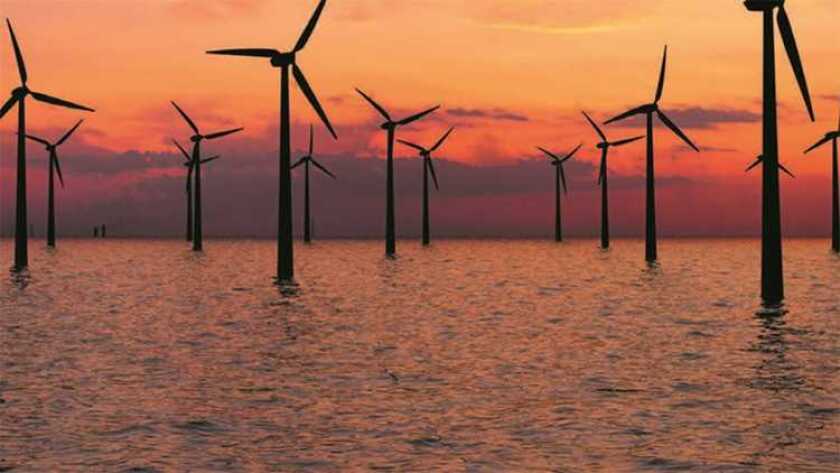The Moray East windfarm, 22km off the north-east coast of Scotland, began supplying power in June 2021 and will eventually produce 950MW from its 295km² site.
Sean Keating, CEO of Vilicom, which is building the network for Moray East, said: “Vilicom will provide network connectivity to all project operating sea vessels and provides functionality that enables communication not only between workers at sea but also communication back home and for use in leisure time.”
He added: “Building efficiencies into the construction and operations of a windfarm is a challenge without superfast and reliable connectivity.”
Wind is becoming an increasingly important source of electricity in the UK. The British national grid, covering England, Scotland and Wales, was deriving 5.83GW of power from wind this morning – 18.26% of the total demand of 31.95GW.
When fully operational, Moray East will provide enough electricity for 950,000 homes.
Mavenir’s open virtual radio access network (RAN) platform enables Vilicom to provide a scalable, high throughput solution meeting the windfarm’s low latency requirement in a challenging environment. The software application runs on commoditised hardware.
Stefano Cantarelli, CMO of Mavenir, said: “Private networks are increasingly becoming more prevalent and we look forward to collaborating with Vilicom to develop further such use cases and applications. This project highlights the relevance and importance of advanced communications in a real application scenario.”
Construction and maintenance workers on the site will be able to use 4G and 5G devices and will have features such as push-to-talk.
According to Vilicom, the network virtualizes the mobile core network and the RAN and its IT and computational resources are shared between fully isolated and secured networks called virtual network slices. This model afforded great commercial and operational efficiencies, due to the sharing of costs across several virtual network slices.
The company uses three sites offshore for network communications using a virtual RAN and open RAN architecture. The offshore sites are connected to the network centralised unit and network core at the onshore substation using fibre interconnects.
Offshore access to the internet is provided via an onshore data centre.










